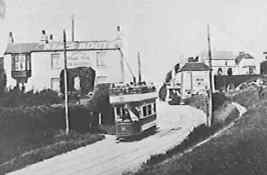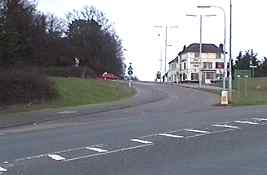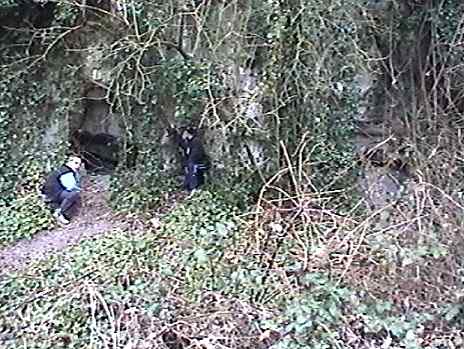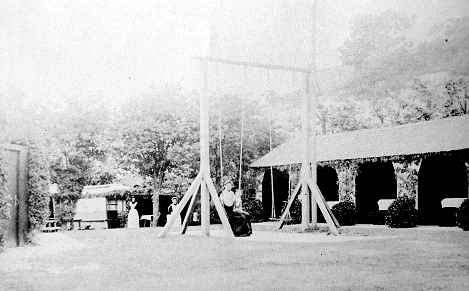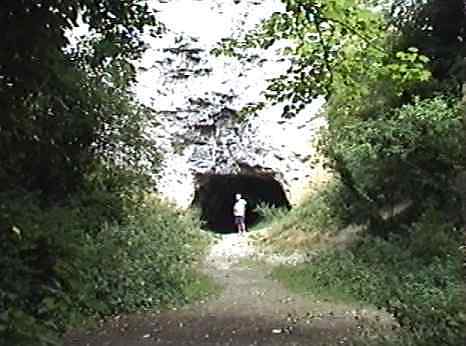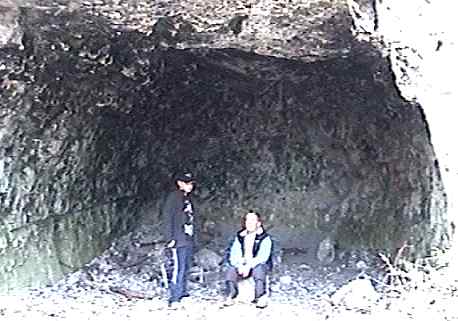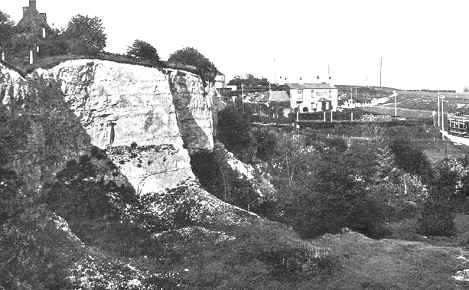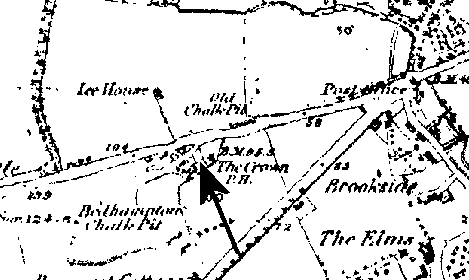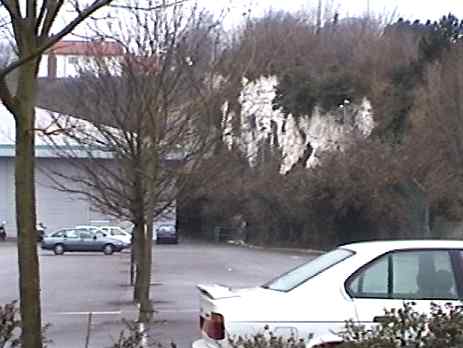|
Just
a short walk down the hill from the site above, is a wooded area in which
there is an old disused quarry called Candy's pit. This name has several origins. One story goes that a tramp turned up at the tea shop
(see above) one day accompanied by a brown bear cub. The bear remained
there, and as it grew up learnt to juggle and dance - it was named Candy,
and lived for so long that the pit was eventually named after it. It lived
so long in fact that it outlasted the tea shop, and was fed by troops
during WWI. A less interesting explanation, and therefore probably the correct one, is
that a Miss Candy lived in a cottage in the pit some time prior to 1930. There is a small cave
at the back of the pit, the exact origin of which is not known, although
one theory is that it was cut by Napoleonic French POWs quartered at
Portchester Castle, and who were used as labourers here. Miss Candy
had used it as a store room for fruit, and after 1930 the next tenants
used it as a coal store and motorbike shed. During WWII these same tenants
erected a wooden shed inside the cave, fitted it out with home comforts
including lighting and cooking facilities, and then used it as an air-raid
shelter. When the London
Road Tunnel Shelter, which is a few hundred yards south of here became
full, they sometimes experienced gatecrashers. Most had to be turned away
but one couple whom they took pity on installed themselves on deckchairs
outside the shed, but still in the cave. Later they erected a tent over
the deckchairs and spent every night for the next 3 years asleep under it.
|
